Ultra-Indie Spotlight Sundays – Lost In Vivo

Welcome back, my incredibly intelligent and hyper-sexy ultra-indie connoisseurs! This week, we’re taking a deeper look into a game I’ve been meaning to talk about for quite a while. Akuma Kira’s Lost in Vivo. Normally, this one would be way out of the price range for this column. While $10 is a typical indie price tag, it’s at the high-end for a (mostly) solo project. But my ego got the better of me when some friends said that if I didn’t play it, I was a casual scrub. So was it worth the asking price? Let’s find out!
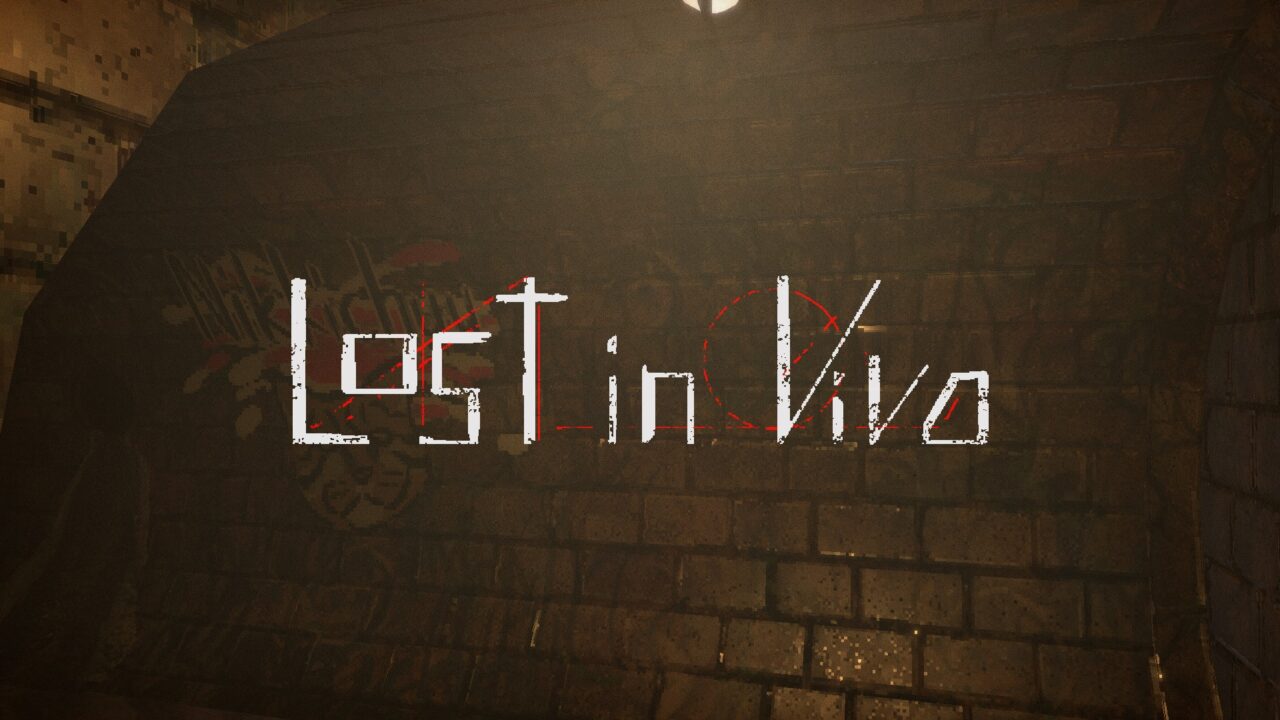
Conceptual Meta-Wank:
Yes, it is. No point hiding the plot on this one. Lost in Vivo is as good as everyone says it is. Hell, it’s even better. It’s so good that it redefines the level of quality that future PSX-style indie projects will be held to. I’m going to spend the rest of the article extolling its virtues. And one of the greatest virtues is the topic of my meta-wank. Lost in Vivo perfectly captures what makes Silent Hill 2 a classic. There have been a lot of games that try to copy Silent Hill 2. These mostly fail due to overemphasis on metaphor. Silent Hill 2 was a gorgeous game, and you can make a fulltime job out of reading into it. You just have to remember that it was also a damn good horror game first and foremost. The nurses were scary because they looked weird and made scary sounds. Your deeper understanding that they represent James’ repressed sexuality builds on this existing horror. Not the other way around. The metaphor/symbolism is just extra dressing for the feast of horror.
This is actually a common problem in the horror genre as a whole. There are a ton of well-intentioned indie projects out there that prioritize their messaging before their content. If I were to hazard a guess as to why, it’s because so much of the fan discussion surrounds these high-concept topics. The average viewer doesn’t watch The Thing and read it as an HIV metaphor. It’s only when you get deep into the weeds that people start drawing these conclusions. With Lost in Vivo, Akuma Kira rides the perfect line between straightforward content and metaphoric storytelling. While the symbolism is interwoven at every turn, you don’t need to understand that the subway ghost was a girl that killed herself for the ghost to function as a scary enemy. It’s just accessible enough to draw you deeper into the story. If you choose to ignore it completely, it’s still a damn fine game. If you ever want to make your own metaphoric horror game, you need to play Lost in Vivo.
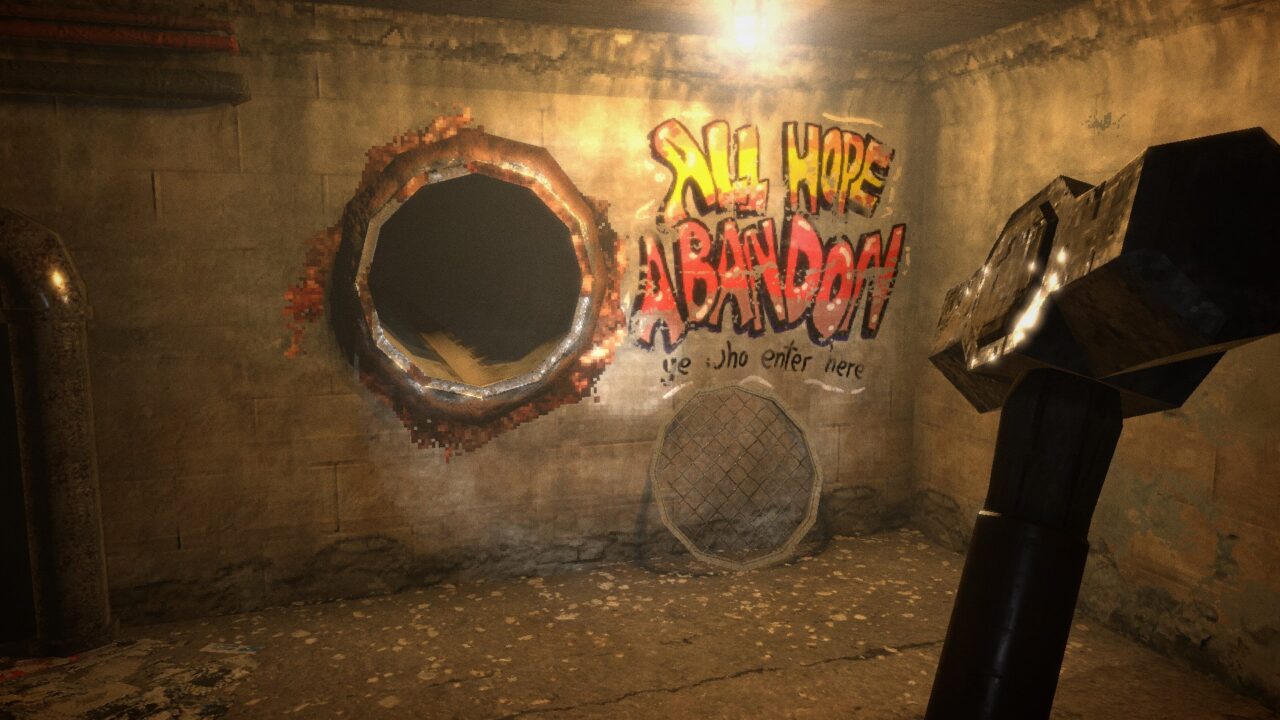
Non-Wanky Game Recap:
Lost in Vivo is a first-person survival horror with PSX-style graphics. You play as an unnamed protagonist whos dog gets swept down a drain during a storm. You descend into the sewers to save your pup. Very quickly, the sewers devolve into an increasingly surreal and nightmarish world of monsters. While Lost in Vivo bills itself as, “a game about claustrophobia,” this is a vast oversimplification. It’s pretty clear that Akuma Kira doesn’t want to spoil anything in his description, so I’m going to be vague as well. What I will say is that it’s immediately apparent that things are not as they seem. As you push on through the story, you’ll be confronted with a series of seemingly disconnected nightmare worlds. How it all fits together is something you’ll have to piece together yourself.
While this might sound like your typical walking simulator, there’s plenty of combat in Lost in Vivo. You’ll shoot, stab, and bludgeon your way through some truly horrifying creatures before the credits roll. The mechanics are rudimentary, but the level of detail put into each enemy is impressive. Even the basic foes have a sickening quality far beyond what you’d expect from a PSX style game. That being said, combat is not the focus of Lost in Vivo. Much of the game is just taking in the atmosphere. And trust me, there’s plenty of atmosphere to take in.
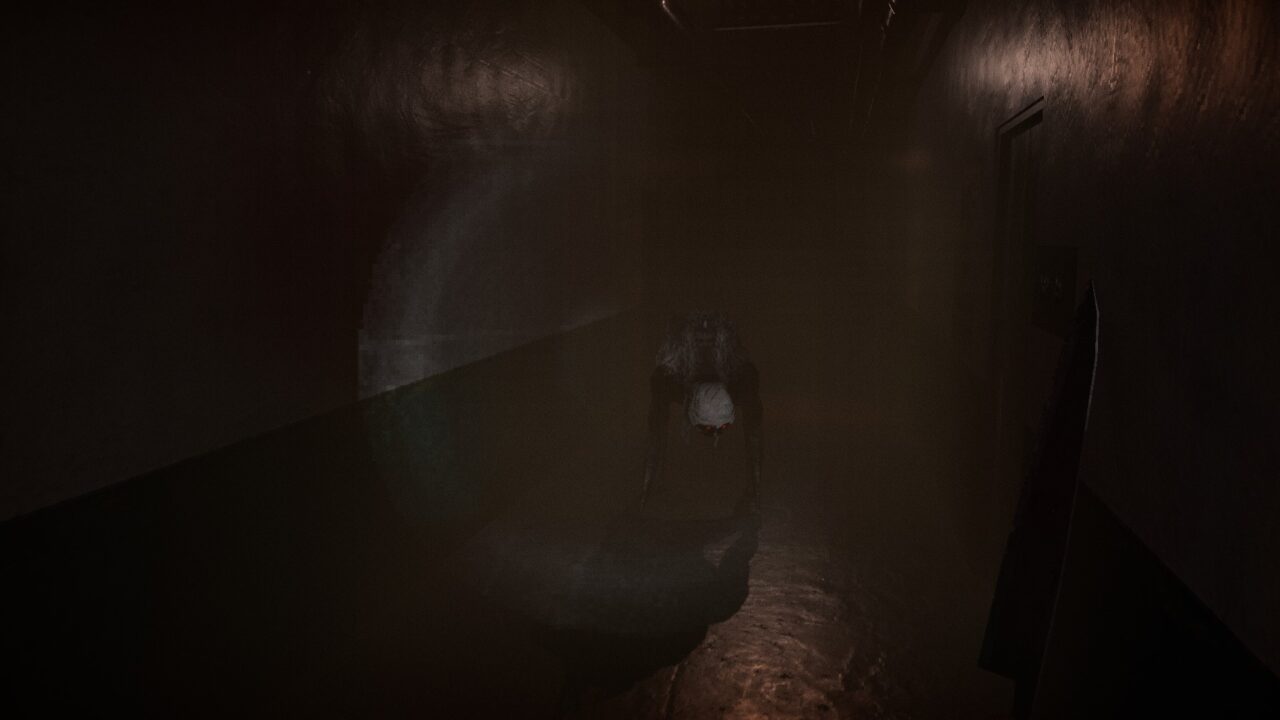
What Works:
Lost in Vivo is a masterclass in how to build tension. It’s perfectly paced. This is a game that isn’t afraid to take its time. You’ll be just as unsettled fighting a ghost as you will be taking a train ride that goes just a little too long. It doesn’t blow its wad too early or set unmeetable expectations for the final act. The ramp is slow but consistent. Every climax is thrilling, only to be outdone by the next. It’s also constructed with just enough realism to juxtapose the nightmare world. The intense bits feel like exposure therapy. You’re bombarded with so much stimulation that it will feel like the icy fingers of death are encircling around your heart. Just when you reach the brink, it backs off. It offers some much-needed relief, but also never allows you to become comfortable with the terror. Even the scariest bits of games become normalized when you spend too much time in them. Coupled with the fact that Lost in Vivo almost always demands that you put yourself in harm’s way to continue, and even the sweetest moments of respite are tinged with the fear of what waits ahead.
The whole experience is made all-the-more tense by sound design I can describe as no less than perfect. While the graphics are as good as can be expected for a game in the PSX style, the sound exceeds what’s found in most AAA games. Every audio cue, sting, and track adds to the overall experience and elevates the package well beyond its budgetary limitations. Much of that previously mentioned bombardment comes from the audio. Groaning monsters, background thumping, random sounds of doors closing at the wrong time, it all contributes to an oppressive air of constant danger.
Akuma Kira is truly a developer that knows how to terrify you in every way. And yet, Lost in Vivo very rarely relies on jump scares (despite being made by the same dev as Spooky’s House of Jump Scares). He knows just how to get you, when to get you, and most importantly how to lead you there. Just when you think you have a grip on what to expect, it throws a curveball at you. Remember when Eternal Darkness: Sanity’s Requiem would fuck with you? Lost in Vivo is even more immersive than that. It’s incredibly hard to talk about without spoiling it. So I’ll just end by saying that a lot of games have tried things like this, but always feel cheap. Lost in Vivo never feels cheap or like a scare/twist wasn’t earned.
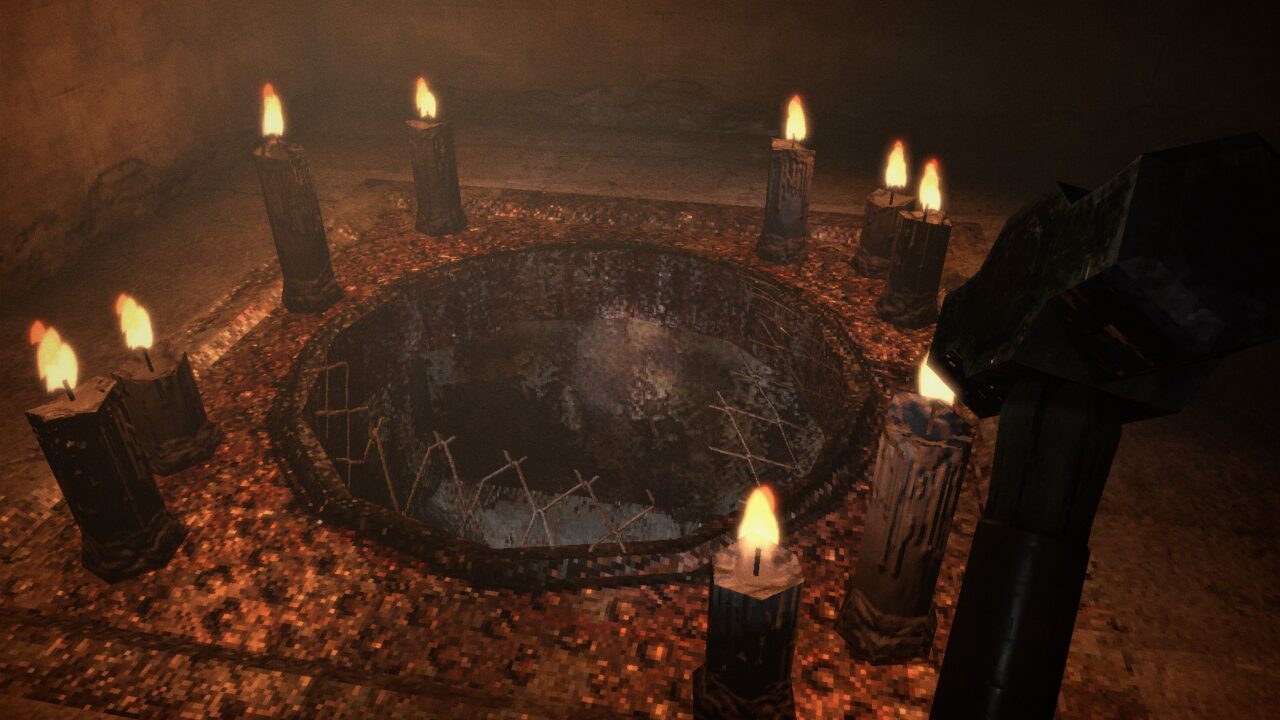
What Doesn’t Work:
Sometimes, the enemies clip into the walls. Now, some of the enemies are SUPPOSED to clip into walls, but the ones that aren’t sometimes also do. More than once it felt like the leech monsters were attacking me from nowhere. This is probably because Lost in Vivo‘s engine isn’t perfect for the complexity of the models. I also encountered a bug during one of the endings where the text would loop. That’s it.
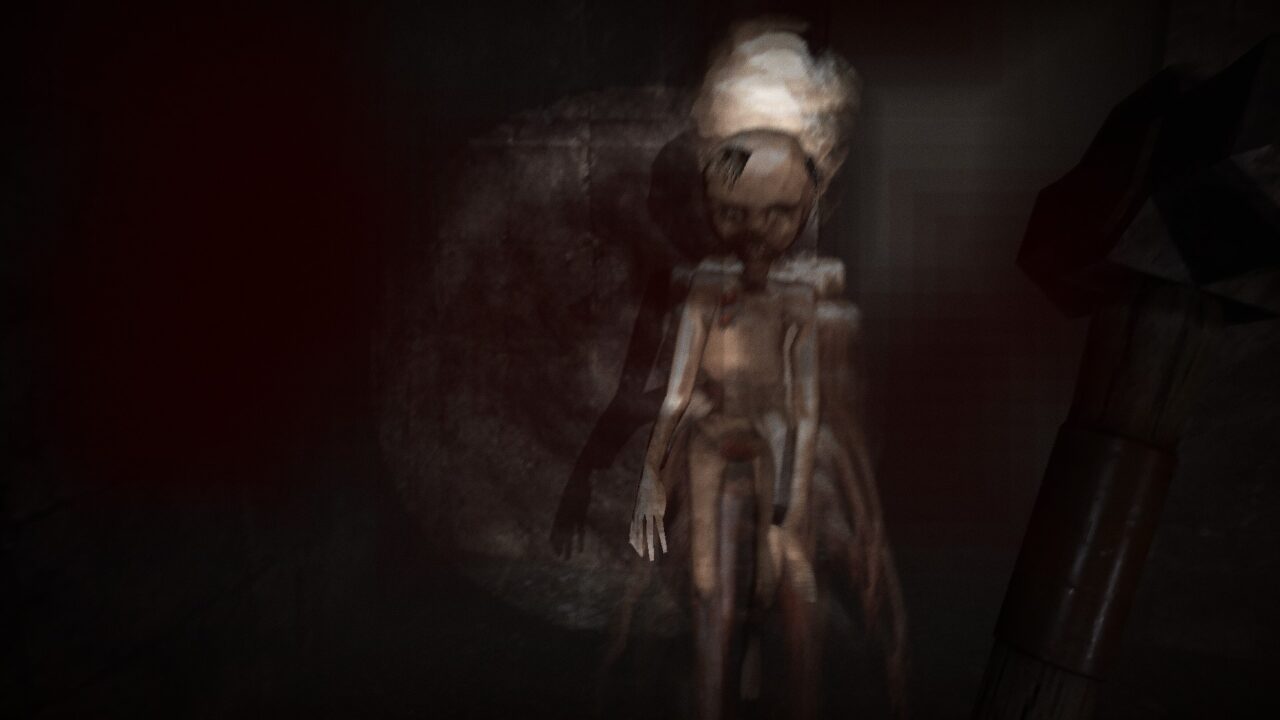
How to Fix It:
Maybe move some of those enemies so they don’t feel like they are coming out of walls? It’s a trivial enough concern that it doesn’t really need addressing. The game is currently in on its 3.0.2 patch, so I’m sure most of these little bugs are still being hammered out.
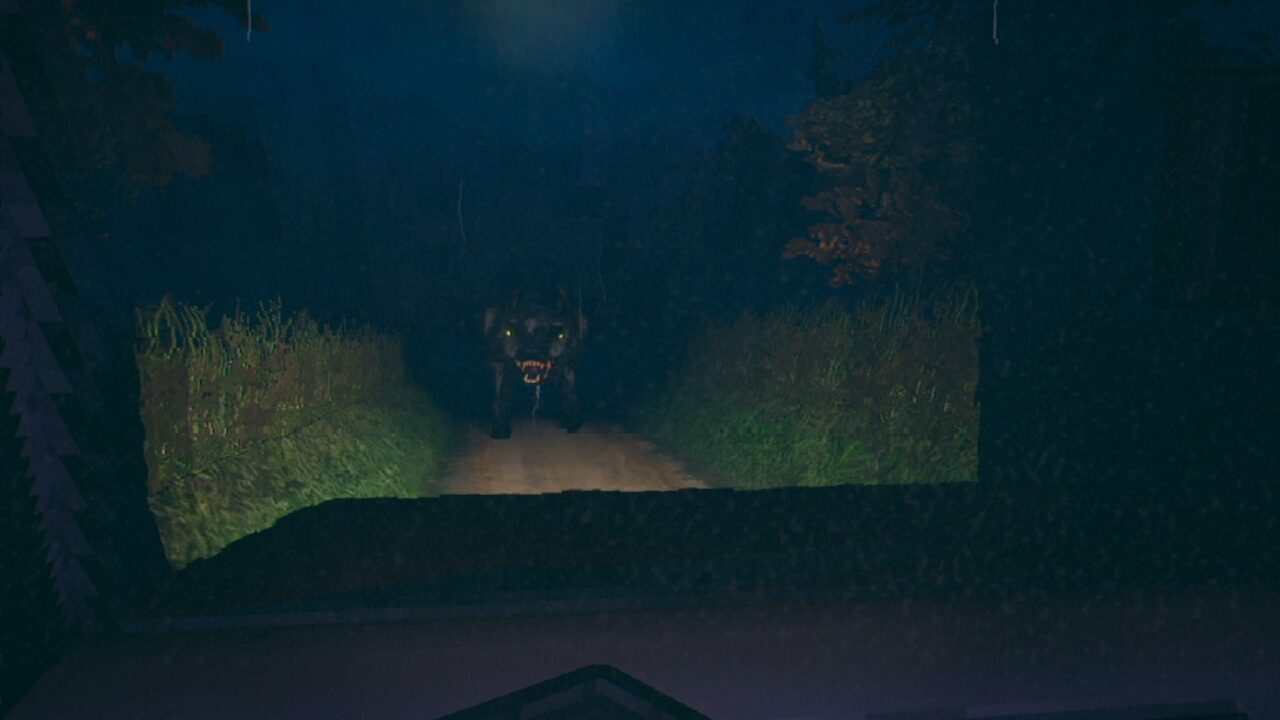
Wanky Musings:
The craziest thing is that I haven’t even gotten to all of Lost in Vivo’s side content. Along with the main game are a handful of smaller stories stylized as “Lost Tapes.” At time of writing, there are six total tapes to play. Four are accessed in the main game, and two have been released as free updates. There are three more planned to be released in the future. Then there are three secret modes you can access through various secret objectives (it’s easy enough to Google what/how). Each of these extras would be its own game on itch.io. I went into Lost in Vivo worried that it wouldn’t be worth the $10. This couldn’t be further from the truth. Lost in Vivo is perfectly priced. This is exactly the kind of content you want from a budget gem. It’s a labor of love, and worth every penny.
If you want to pick up Lost in Vivo yourself, you can do so on itch.io by clicking here. You can also get it on Steam, but it will cost you $2 more. If you consider yourself a fan of indie horror, you need to play it now.
Categorized:Editorials Horror Gaming Ultra-Indie Spotlight

